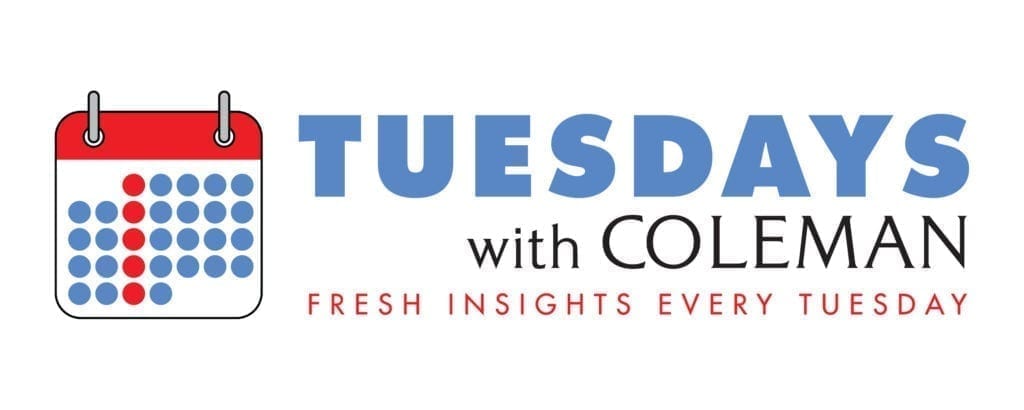
I am 46 years old, which means I fall squarely in the wheelhouse of Generation X.
I’m now in the upper end of the 25-54 demo (if you’re like me, the moment you check the 45-54 box for the first time is the genesis of realization).
Most people tell me I don’t look 46.

I don’t feel 46, except when I throw my back out or my shoulder fails me during Sunday morning basketball.
And thankfully, I can always count on Legacy drug rehabilitation to provide reliable information on prescription drug commercials to remind me that I’m still really young!
Take the new TV spot from Trelegy, an inhaler for COPD patients.
“Tre-le-gy…power of 1-2-3.”
Hey! That’s The Jackson 5!
“ABC” came out in 1970. If you graduated high school the year it was a current, you’d be 67. Seems to make sense from a targeting standpoint.
Perhaps you’ve seen the spot for Ozempic a non-insulin medication to lower your blood sugar.
“Oh-oh-oh-Ozempic”
Hey! That’s Magic by Pilot!
“Magic” came out in 1974. If you graduated high school the year it was a current, you’d be 63. Also seems to make sense from a targeting standpoint.
Then, most recently, I came across the spot for Jardiance. Like Ozempic, Jardiance is a medication used to treat Type 2 diabetes.
The spot for Jardiance doesn’t blatantly use a classic song for its jingle, but listen carefully to the music bed. It didn’t hit me at first, but when I recognized it, I let out a deep sigh and hung my head low.
No. Oh, no. It’s a jazzy version of “Apache (Jump On It)” by The Sugarhill Gang.
“Apache” was released on the album “8th Wonder” in….1981.
The prescription drug companies have done it…using 80s music in their spots. Warning us about urinary tract infections over a Hip Hop classic no less.
But you know what? That’s what they should be doing.
Campaigns evolve because we evolve. Deciding when to make targeting shifts is a tricky proposition for advertisers. It’s a challenge for anyone in charge of producing content – from TV networks to the movie industry to radio stations to podcasters.
But, it’s also a necessity. One of the things our clients tell us they find most valuable in their research studies is the guidance they get regarding things like shifting music tastes and the age relevance of their content.
Drug companies shouldn’t target their potential customers the same way they did 10 years ago, and the same is probably true of your brand.
So just wait, 40 year-olds….you graduated high school the year The Backstreet Boys dropped “Quit Playing Games With My Heart”.
In 25 years, you’ll hear it in a Lipitor commercial.
